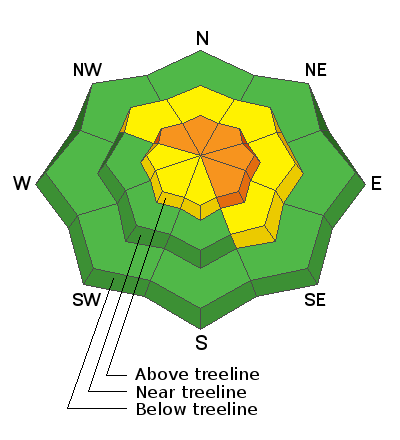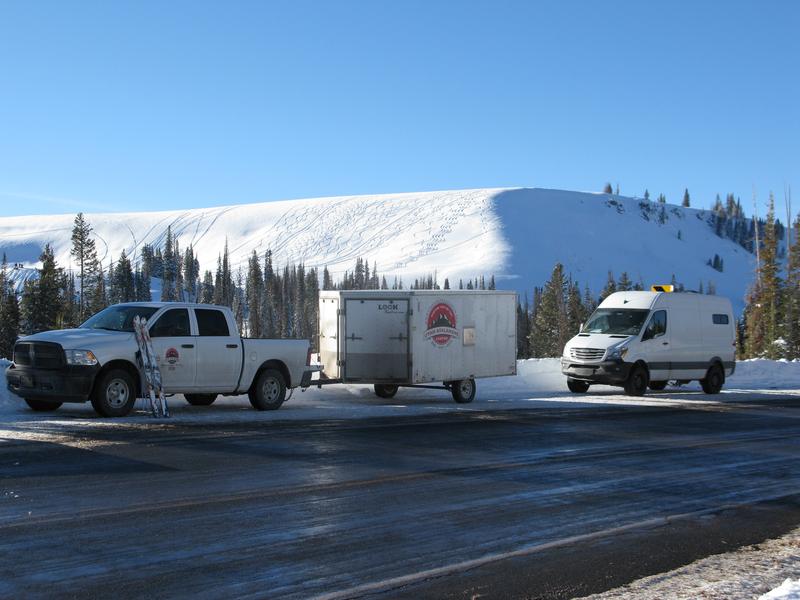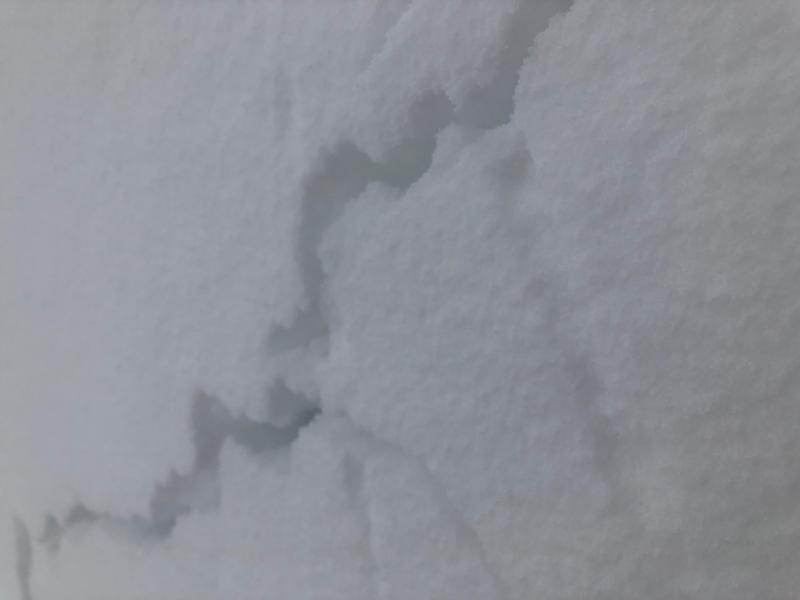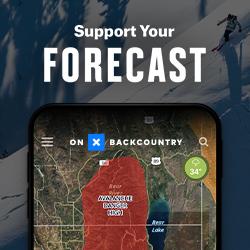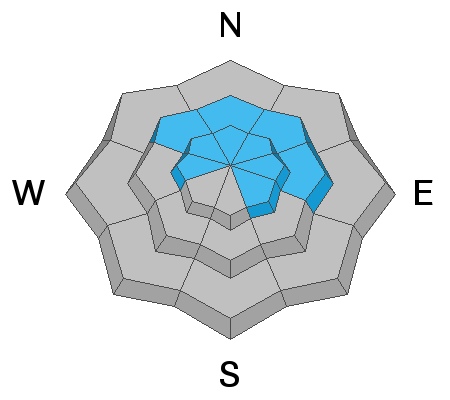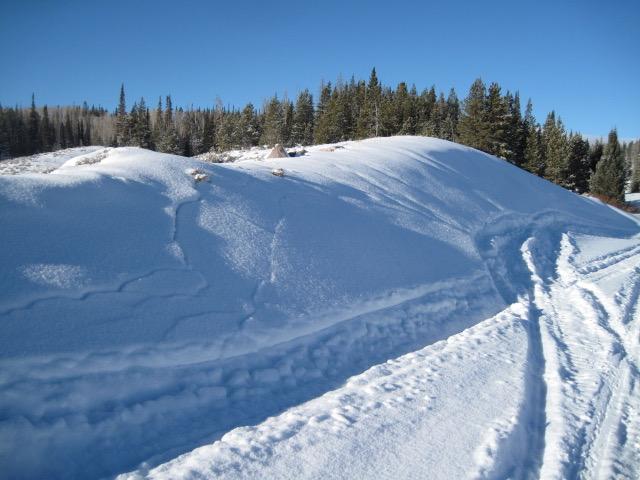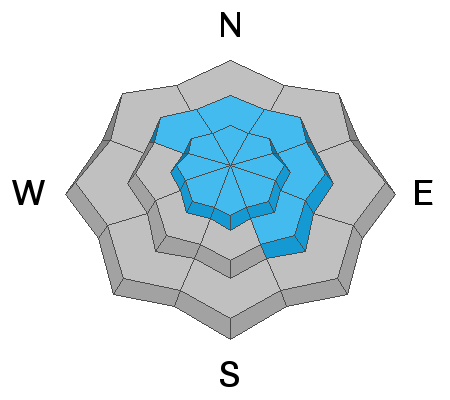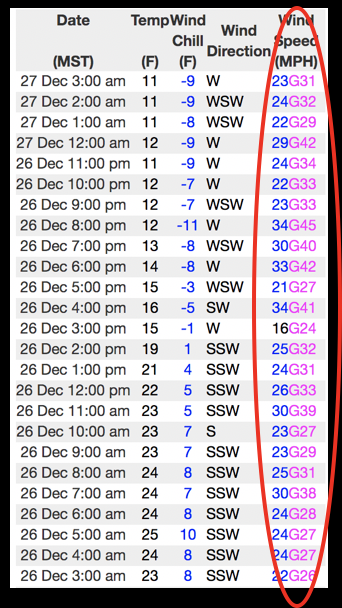Thanks for sharing your snow, your slope, and your stoke... well played!
A big shout out, high fives, and air hugs to the crew I met on Christmas Eve at Wolf Creek who not only brought an amazingly positive energy to the day.... you showed how to avoid avalanche danger by choosing the right terrain. In the image above, everyone opted to avoid the avalanche dragon on the steep, shady slope yet still had a great day on low angle terrain facing the south half of the compass, riding shallow pow, with their families, in the sun.
You know the program... roadside attractions are still an easy grab and just 'cause you can see it from the car doesn't mean it's safe or you're good to go. And remember, our front-line health care workers are maxed out. So, let's collectively think about our decisions and the consequences that may have on others.
Thanks to the generous support of our local resorts, Ski Utah, and Backcountry, discount lift tickets are now available. Support the UAC while you ski at the resorts this season. Tickets are available
here.
Nowcast-
I thought it was going to be a bust, but yesterday's storm materialized nicely for the eastern front, delivering 6" of medium density snow overnight. Temperatures are in the low to mid teens. West and southwest winds are a bit obnoxious, blowing 20-30 mph along the high ridges. A little fresh snow is gonna go a long way, but total snow depths still average just about two feet in depth, so the Uinta's are still quite thin and travel is sorta limited to road rides and grassy slopes.
Forecast-
Look for mostly cloudy skies and a few lingering flurries as last nights system slides to the east. High temperatures climb into the mid 20's. Westerly winds decrease as the day wares on.
Futurecast-
Snow ramps up overnight into Monday and winds shift to the east and then eventually northwest, as colder air filters into the region. Not a big, game changing storm, but at least respectable with totals in the 6" range by Tuesday morning. Another storm is slated for mid week.
Looking for real-time temps, snow, or wind?
Click
here and then on the "western Uinta" tab for western Uinta specific, weather station network.
Lots of collapses and shooting cracks yesterday, but no significant new avalanche activity to report.
To view trip reports and recent avalanche activity, simply click
here.

